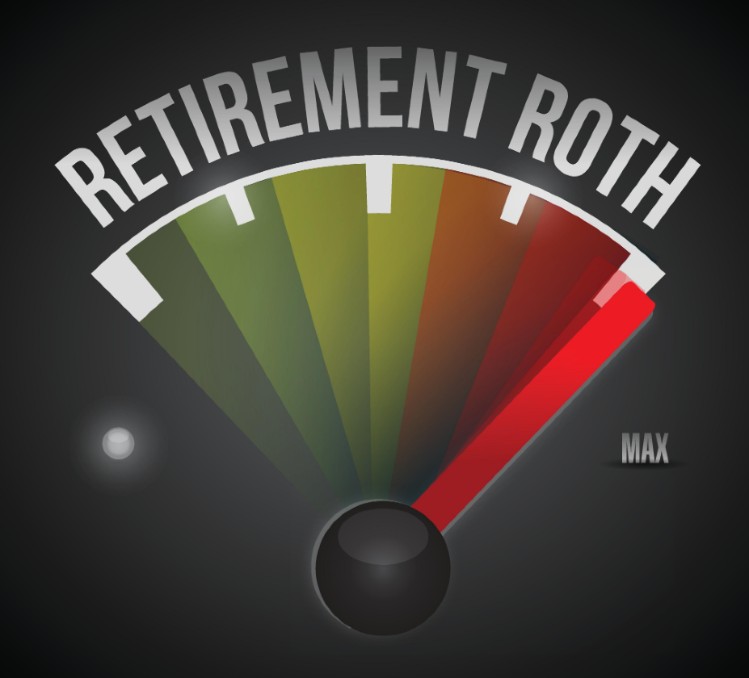- Freelancers with a Roth IRA have other retirement options that allow for higher contributions.
- The Solo 401(k) has a maximum contribution of $63,500 in 2020.
- For more saving power, freelancers can establish a Roth Solo 401(k).
Freelancing is becoming more popular than ever as companies lay off employees but still need workers to fill roles. More than 57 million Americans are freelancing, which makes them the owner of their very own business. This number increases each year, and represents more than 35% of the United States workforce. Some freelance by choice and some were forced out of roles that they held in traditional corporations.
Running a successful freelance business means being in charge of healthcare, income, and retirement savings. Keeping a built-in emergency fund is vital, in case some months are less flush than others. Some of the options for saving for retirement include a Roth IRA and a SEP IRA, but there’s also another option freelancers can use when they’ve maxed out their IRA savings. The Solo 401k can be an excellent option for freelancers, especially as contributions can be made as both the employee and the employer.
Choosing Retirement Plans for Freelancers
The Solo 401k
Designed for a business owner with no employees, a Solo 401k is a retirement plan available to freelance and independent business workers. Unlike the Roth IRA which allows an annual retirement savings of $6,000, the Solo 401k can allow $57,000 in savings opportunity in 2020, as well as a significant catch-up depending on the age of the account owner, which will set you at $63,500 in 2020. And most employees will need to make the more significant contributions when possible to their retirement fund.
The SEP IRA
An SEP IRA can be opened in many locations, and lets you contribute up to 25% of your company’s profits, although calculating this can be complicated and require specific, technical assistance. You are allowed to withdraw money from an SEP IRA for any reason, although you will be hit with a sizeable penalty should you do so.
The Solo 401k allows for greater contributions, but must be established with a self-directed retirement company that knows the ins-and-outs of them as they can be tricky to establish and manage. Additionally, Roth contributions to a Solo 401k can mean greater savings and more money in retirement. For a Solo 401k hardship withdrawals are permitted or a loan taken must be repaid within 5 years.
A solo 401k can be an excellent option when a freelancer or independent business owner maxes out their Roth IRA contributions. As an account specifically designed for those in business for themselves and without employees, it can help make savings for retirement possible in a way other accounts do not. There’s also the ability to utilize the checkbook control aspect to make investments with Solo 401k funds without custodian consent. Additionally, by establishing a Solo 401k, also known as a self-directed 401k, investors have the ability to purchase investments other institutions do not permit. Crypto currency, real estate, or precious metals can be invested in with a Solo 401k.
Pain-Free Setup
Setting up a Solo 401k is also relatively painless. When a firm is found that can handle this type of account, there is some paperwork but can usually be completed quickly. The benefits of the account are numerous and can help a freelancer or independent contractor save for retirement. It may be difficult otherwise in a freelance environment to make certain enough money is being put away for the future.
So, if you’re a freelancer and you find yourself maxing out your Roth IRA, you have other options. These days, the Solo 401k is the most robust and popular retirement plan for freelancers, sole-proprietors and self-employed individuals.









